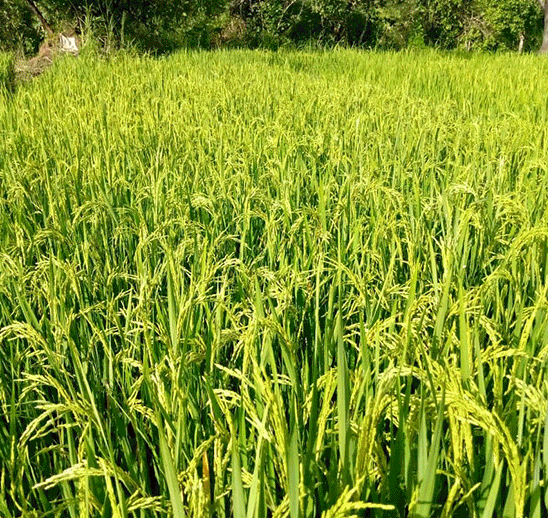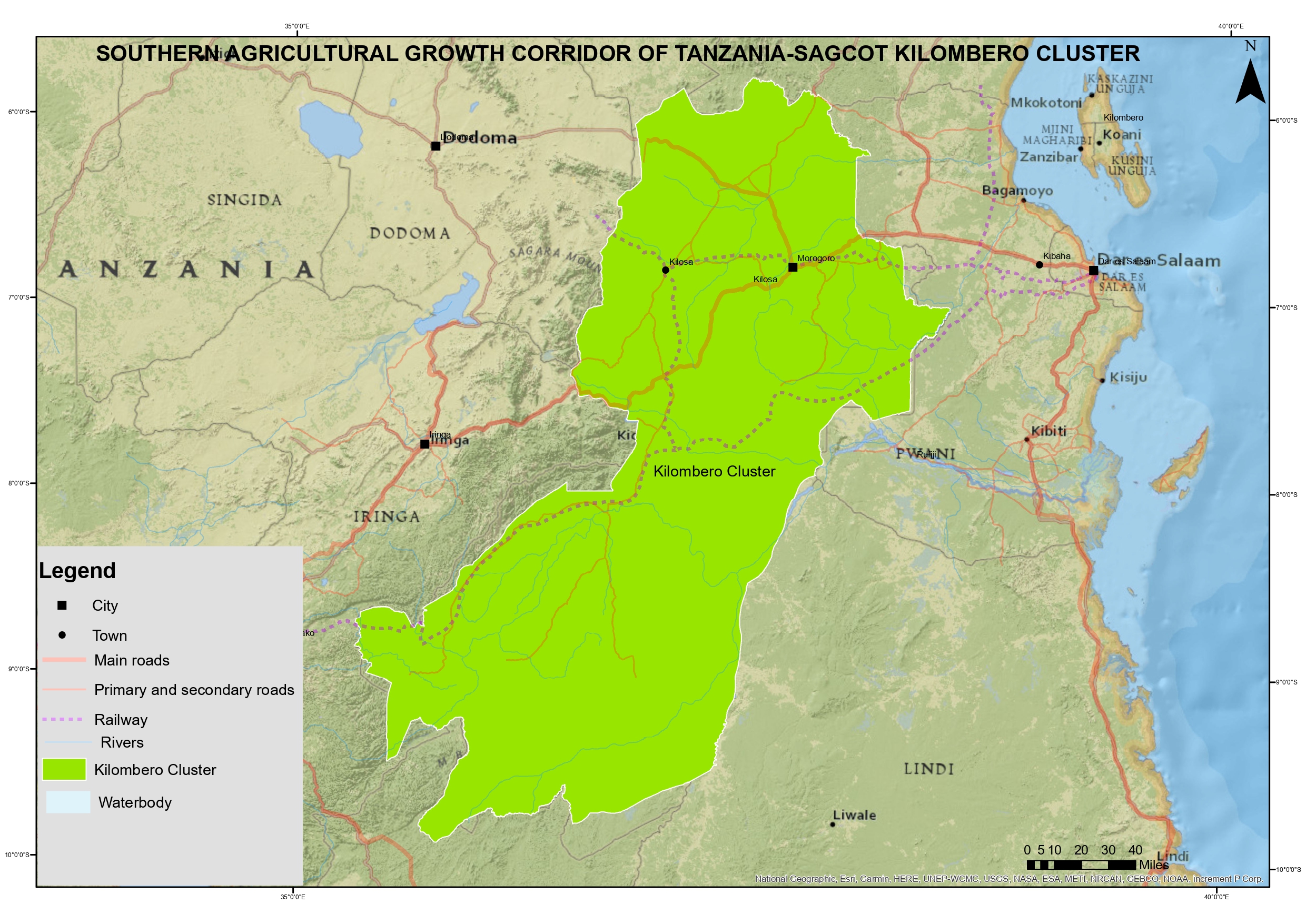- info@sagcot.co.tz
- +255(0) 22 260 1024
The Kilombero cluster encompasses the Morogoro region. It is one of the six initial clusters identified in the SAGCOT Initiative’s Blueprint and among the three current priority clusters. This cluster is endowed with plenty of agribusiness opportunities as well as a network of actors across multiple value chains. With its diverse climate and weather conditions, ranging from arid and semi-arid to temperate conditions (i.e., highland areas of Matombo and Gairo), combined with multiple rivers and wetlands, this means farming activities can be carried out throughout the year in Kilombero Cluster.
The fertile alluvial soils of the Kilombero Valley are ideal for cultivation of rice and other cereal crops on both a subsistence as well as a commercial scale. Similarly, pastoralists have taken advantage of the favorable climatic conditions to carry out animal husbandry in the cluster, focusing heavily on local cattle breeds. These factors indicate a high potential for development and attract keen interest from a multitude of stakeholders, from private sector to non-profit service providers who have already established a network of synergies as they explore various opportunities to capitalize on. Key non-governmental organizations (NGO) actors already active in the area have focused on environmental management and biodiversity conservation while others have focused on social rights and land management. The main role of the government in this aspect is to oversee the interactions across the development sectors.
The cluster has nine District Councils, namely Kilombero, Mlimba, Malinyi, Ulanga, Mvomero, Gairo, Kilosa, Morogoro and Morogoro Municipal. Additionally, Kilombero is home to a Ramsar site (an internationally recognized wetland of importance – as well as an Important Bird Area). It is also a home for other vital natural resources and conservation areas such as Mikumi National Park and Mt. Udzungwa, Mt. Uluguru, and Mwalimu Nyerere (formerly known as Selous) Game Reserve.
Due to the diversity of its natural resources and socio-economic interactions, SAGCOT and its Partners consider Kilombero Cluster to be a vital area for sustainable development of the region and deem it critical that it develops in a “green” manner. To facilitate this objective, SAGCOT has established a corridor level multi-stakeholder platform known as Green Reference Group (GRG) to promote and monitor the green growth agenda in the cluster linked to the SAGCOT Partnership.


